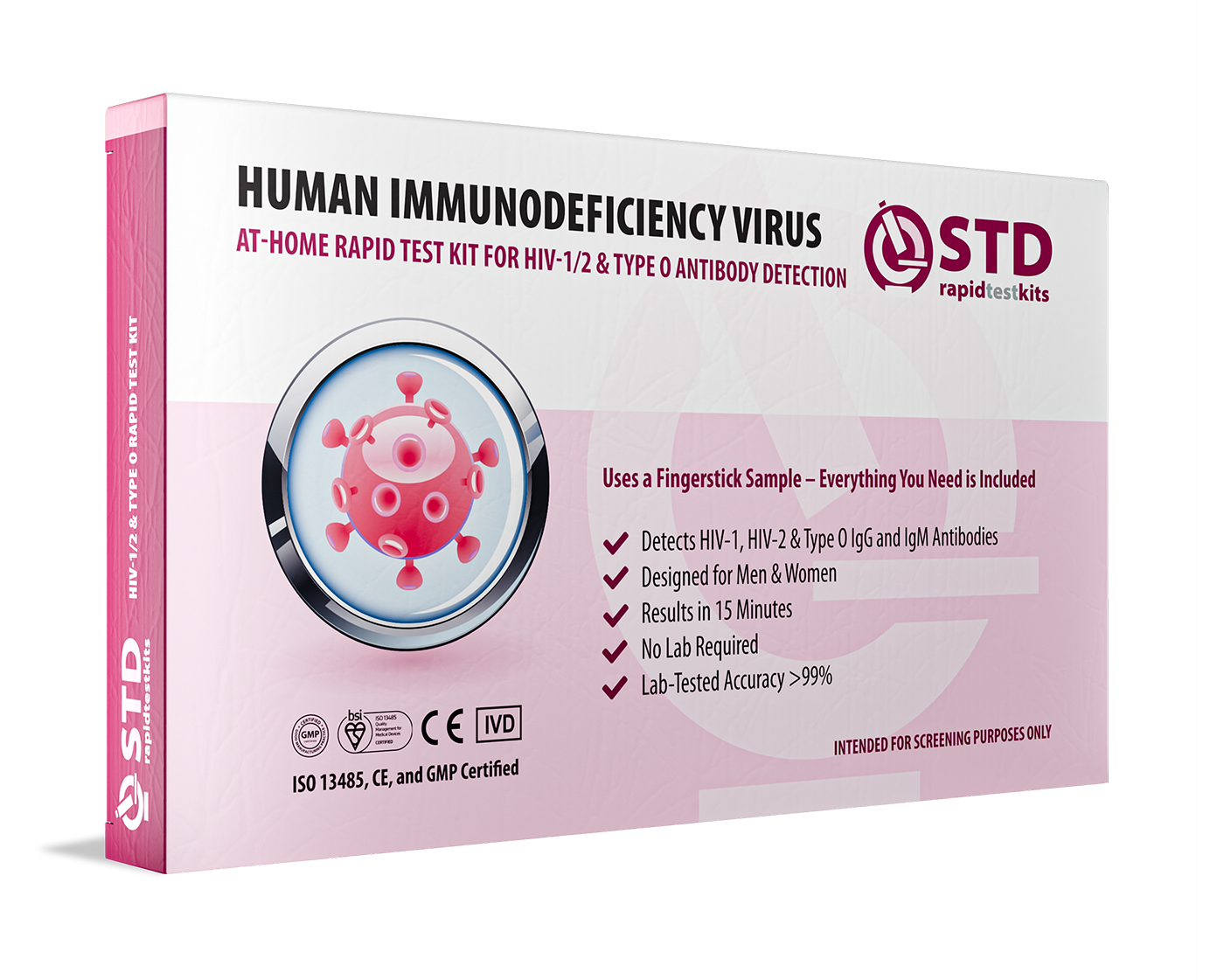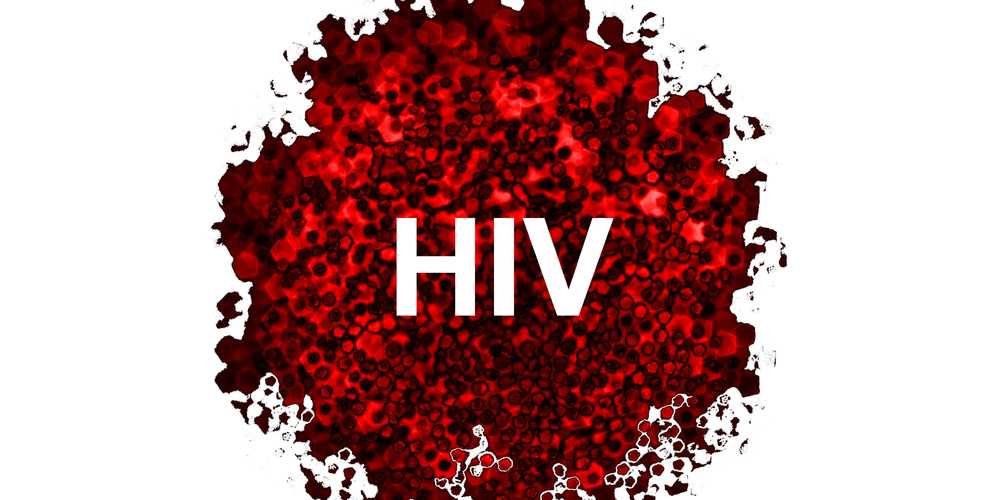Can You Die from HIV Without Treatment?
Quick Answer
HIV weakens your immune system by targeting white blood cells, but it also affects your skin, brain, gut, hormones, and energy levels. Even before symptoms show, internal damage can begin within weeks of infection.
The Basics of HIV.
HIV isn’t just about T-cells or acronyms like “CD4.” It’s about real-life energy crashes, confusing rashes, night sweats, and brain fog that messes with your memory during work meetings. While HIV famously attacks the immune system, it’s far from a one-trick virus. It touches nearly every organ system, sometimes subtly, sometimes not. The challenge? Early HIV can be nearly symptomless, which is why people often miss the warning signs.
The virus enters through blood, semen, vaginal fluids, or breast milk, and once it’s in, it begins replicating inside CD4 cells, key players in your immune defense. Over time, your body becomes less able to fight infections. But HIV doesn't wait for your immunity to crash before it starts doing damage.
From low-level inflammation to gut imbalance and neurocognitive changes, HIV disrupts the body's natural equilibrium. This article pulls back the curtain on exactly how that plays out, and what you can do to monitor, test, and protect yourself, even before you feel a single symptom.

People are also looking for: Can I get HIV from oral sex?
Key Benefits of Understanding HIV’s Body-Wide Impact
Why does it matter to know what HIV does to your whole body, not just your immune system? Because knowing is power. Understanding the side effects and systemic impact of HIV can:
- Help you spot early warning signs before major damage happens
- Give emotional context to symptoms that feel random or disconnected
- Make medication decisions more informed
- Help reduce stigma, because the more we know, the less we fear
Knowledge helps shift the focus from fear to action. Many people with HIV live long, healthy lives, especially when treatment starts early. But even with medication, some side effects of HIV remain. That’s why it’s important to grasp how deep this virus can go.
Whether it’s skin issues or short-term memory lapses, symptoms that seem unrelated are often rooted in HIV’s impact. If your body feels “off” and you’re in a risk group, this is your sign to pay attention.
Challenges and Risks: When HIV Doesn't “Look” Like HIV
One of the biggest dangers of HIV is that it doesn’t follow the script. Many people still expect it to look like a horror movie from the '80s: dramatic weight loss, purple lesions, or constant illness. But for many, especially in early or well-managed stages, it looks like exhaustion you blame on work, or a weird rash you think is eczema.
Here’s the reality: HIV can cause full-body inflammation even when viral load is low. That inflammation leads to fatigue, gastrointestinal issues, skin breakouts, and changes in mood or memory. It mimics anxiety, autoimmune issues, even menopause.
This makes diagnosis tricky, and risky. Because while symptoms can be brushed off, the virus is still damaging tissues and increasing your risk of opportunistic infections like tuberculosis, pneumocystis pneumonia, or oral thrush.
Late detection can mean irreversible harm to your nervous system, gut, or cardiovascular health. People who delay testing often experience more aggressive symptoms later, and more guilt or shame for not “catching it earlier.” But here’s the good news: you don’t need to wait for things to get worse.
Whether it’s fatigue, skin changes, or something deeper, don’t ignore the signs. Get tested for HIV from home today.
Order Now $33.99 $49.00 Check Your STD Status in Minutes
Test at Home with Remedium
HIV Rapid Test Kit




Statistical Insights and Data
Data tells a deeper story than symptoms alone. Let’s look at some key stats that show just how much HIV can impact the body, even in ways most people don’t associate with the virus.
- 67% of people with HIV report chronic fatigue, even with undetectable viral loads (CDC, 2023)
- Up to 40% of people living with HIV experience neurocognitive changes, including forgetfulness and reduced attention span (NIH, 2022)
- HIV increases the risk of cardiovascular disease by nearly 50%, even in those on antiretroviral therapy (The Lancet HIV)
- Gut-related issues, including diarrhea and nutrient malabsorption, affect over 60% of HIV-positive individuals at some stage (Mayo Clinic)
- Mental health conditions like depression and anxiety are twice as common among people with HIV compared to the general population (WHO, 2021)
These numbers aren’t just abstract, they reflect the physical and emotional reality of millions of people. Understanding these statistics can help reduce shame and push back against the myth that HIV is “just an immune disease.”
Expert Opinions and Case Studies
Ask any infectious disease specialist and they'll tell you: HIV isn’t just an immunodeficiency virus, it’s a whole-body disruptor. One expert, Dr. Lena Torrez from San Francisco General Hospital, explains it like this:
“People think of HIV as this thing that only affects your white blood cells. But in reality, it changes the microbiome, damages the nervous system, messes with hormones, and increases inflammation in nearly every organ. It’s not a one-lane road, it’s a traffic jam across your body.”
Her clinic sees a range of cases, from early diagnosis in asymptomatic patients to late-stage presentations where the virus has already touched everything from memory to digestion. One of her patients, “Kevin,” a 33-year-old Black gay man, came in with what he thought was stress-related burnout. The real issue? He had been HIV-positive for 2 years without knowing, and his chronic fatigue was immune dysregulation in disguise.
Another example: “Marisol,” a 27-year-old Latina mother of two, started having panic attacks and recurring yeast infections. Her primary doctor kept treating the symptoms piecemeal until a full panel revealed she was HIV-positive. Within six months of starting antiretrovirals, the panic attacks stopped. Not because they were "in her head", but because her nervous system inflammation was calming down.
These stories matter. Because so many people are misdiagnosed, or dismissed entirely, due to outdated ideas of what HIV looks like. Spoiler: it looks like anxiety, burnout, IBS, and eczema more often than people think.

People are also looking for: Are skin rashes from HIV permanent?
Historical Context
Understanding what HIV does to the body today means recognizing how much the science (and stigma) has changed since the 1980s. Back then, the medical community knew little about the virus beyond its brutal late-stage effects. People would waste away from opportunistic infections, often with visible skin lesions (Kaposi’s sarcoma), extreme weight loss, and constant fevers. That’s the image still burned into the cultural memory.
But those were untreated cases.
Now, with antiretroviral therapy (ART), HIV is manageable, but it’s still not harmless. Even with a fully suppressed viral load, many patients experience low-grade inflammation that silently impacts heart, brain, and bone health over decades. It’s not about “looking sick” anymore. It’s about knowing what’s happening inside before damage sets in.
This evolution of understanding has changed how clinicians monitor patients. A viral load test isn't the whole picture anymore. Providers now track markers of inflammation, neurocognitive health, and even gut bacteria shifts, all of which reveal the deeper, longer-term footprint of the virus in the body.
Future Trends
Researchers are starting to recognize HIV as a disease of chronic inflammation, even more than immune suppression alone. The new frontier in HIV research is exploring “inflammaging”, a term for how persistent inflammation from HIV accelerates biological aging.
Emerging treatments now look at:
- Reducing inflammation in the gut-brain axis
- Repairing the blood-brain barrier to slow cognitive decline
- Boosting bone density as ART-related thinning becomes more common
- Supporting hormonal regulation, especially in cis women and trans people on HRT
There’s also growing attention to long-term comorbidities: cardiovascular disease, liver disease, and metabolic syndrome. These are no longer considered unrelated, they’re increasingly viewed as consequences of chronic HIV inflammation and medication side effects.
More studies are even exploring HIV "remission", not just viral suppression, but complete removal of active virus reservoirs. That science is early, but it’s changing what “living with HIV” may look like in the next 10–20 years.
Check Your STD Status in Minutes
Test at Home with Remedium7-in-1 STD Test Kit

 For Men & Women
For Men & Women Results in Minutes
Results in Minutes No Lab Needed
No Lab Needed Private & Discreet
Private & DiscreetOrder Now $129.00 $343.00
For all 7 tests
Practical Applications: How This Affects Your Daily Life
Okay, let’s bring this out of the exam room and into your actual life. What does all this science mean for someone with HIV, or someone scared they might have it?
It means:
- That weird brain fog you keep blaming on burnout could be low-level HIV-related inflammation.
- That chronic diarrhea or random GI discomfort? Possibly your gut microbiome reacting to the virus.
- Those rashes that flare and fade? Your skin is trying to tell you something.
- Mood swings, memory gaps, or sleep issues? HIV has neurological and hormonal fingerprints that touch all of it.
None of these symptoms prove you have HIV. But they do suggest one thing clearly: if something feels off, test. Don’t wait for dramatic signs. HIV today is often quiet at first, but that’s exactly why it’s so dangerous.
Whether it’s fatigue, skin changes, or something deeper, don’t ignore the signs. Get tested for HIV from home today.
Personal Stories or Testimonials
The truth about HIV isn’t just in the science, it’s in the stories. So many people carry the virus for months or years without knowing, mistaking signs of HIV for everyday issues.
“Rae,” a 41-year-old trans woman, shared that her first HIV symptom wasn’t physical, it was emotional.
“I thought I was just depressed. I couldn’t focus, couldn’t sleep. But after I got diagnosed, I realized the virus had been affecting my brain and hormones long before I ever got sick.”
“Damon,” a 25-year-old Black bisexual man, never had a fever, rash, or cough. But his energy was gone.
“I was sleeping 12 hours and still felt like I hadn’t slept at all. I thought it was just COVID burnout. My HIV test came back positive three weeks later.”
These aren’t rare stories. They’re everyday realities, and proof that HIV doesn’t always look like HIV. It wears many masks: exhaustion, gut issues, memory lapses, breakouts, mood swings. That’s why silence is dangerous. The virus works slowly, but so do people’s suspicions. That delay can cost years of health and confidence.

Common Misconceptions
Let’s clear the air on a few myths that keep people from getting tested or taking symptoms seriously.
Myth: "If I don’t feel sick, I must be HIV-negative"
Truth: Early HIV often has no symptoms. Damage can begin long before you feel it.
Myth: "Only people with risky sex or drug use get HIV
Truth: HIV doesn’t care about stereotypes. Many people get infected in monogamous or casual relationships.
Myth: "ART (antiretroviral therapy) stops all side effects"
Truth: ART saves lives, but some symptoms, like fatigue, gut issues, and inflammation, can persist even with treatment.
Myth: "HIV is a death sentence"
Truth: With modern treatment, HIV is manageable. People with HIV now live near-normal lifespans. Early diagnosis makes all the difference.
FAQs
1. Can HIV cause fatigue before anything else shows?
Yes. Fatigue is one of the earliest and most common symptoms of HIV, even before any visible signs appear. It can feel like burnout or chronic tiredness that doesn't improve with rest.
2. What’s the most common first sign of HIV?
Many people report flu-like symptoms, including fever, sore throat, or body aches. Others may have no symptoms at all. Some just feel “off” for weeks.
3. Can HIV affect your brain?
Yes. HIV-related inflammation can lead to memory loss, mood changes, and brain fog, even in people with controlled viral loads.
4. Is an HIV rash itchy or painful?
It can be both. The rash usually appears as flat red or purple spots on the face, chest, or limbs. It may itch, burn, or go unnoticed at first.
5. Does HIV impact digestion?
Yes. Many people experience diarrhea, cramps, bloating, or nutrient absorption issues due to HIV’s effects on the gut lining and microbiome.
6. What does HIV do to your immune system?
HIV attacks CD4 cells, which help coordinate your body’s defense system. Over time, your immune response weakens, increasing your risk for infections.
7. Can you feel HIV damaging your body?
Sometimes. People often notice energy loss, skin changes, or cognitive symptoms, but many don’t feel anything until serious effects appear, which is why regular testing is essential.
8. Does HIV increase inflammation?
Yes. HIV causes chronic inflammation throughout the body, even with medication. This can lead to long-term issues like heart disease or neurodegeneration.
9. Are symptoms different for men and women?
Somewhat. While fatigue and weight loss are common for all genders, women may experience vaginal infections, irregular periods, or pelvic pain, while men might notice testicular or prostate issues.
10. Is there a way to test for HIV at home?
Yes. You can use a confidential HIV home test kit that provides fast, accurate results in private, without a clinic visit.
Get Tested. Get Treated.
You don’t need to be visibly sick to have HIV. You don’t need to wait for confirmation from your symptoms. If your body feels off, or your gut says something isn’t right, listen. Whether it’s fatigue, skin changes, or something deeper, don’t ignore the signs. Get tested for HIV from home today.
Sources
2. Mayo Clinic – HIV/AIDS Overview
4. TheBody.com – Real Stories of HIV










